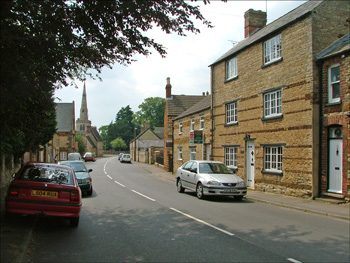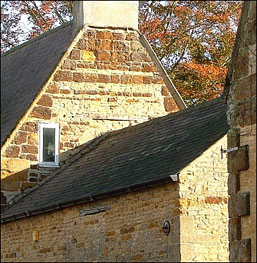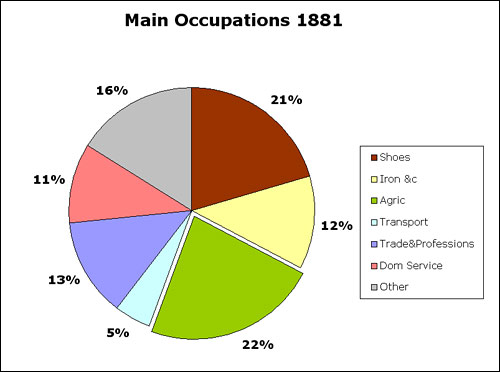| Research by Leslie Ellison based on National Census returns 1881 |
||||||||||||||||||||||||||||||||||||||||||||||||||||||||||||||||||||||||||||||||||||||||||||||||||||||||||||||||||||||||||||||||||||||||||||||||||||||||||||||||||||||||||||||||||||||||||||||||||||||||||||||||||||||||||||||||||||||||||||||||||||||||||||||||||||||||||||||||||||||||||||||||||||||||||||||||||||||
|
||||||||||||||||||||||||||||||||||||||||||||||||||||||||||||||||||||||||||||||||||||||||||||||||||||||||||||||||||||||||||||||||||||||||||||||||||||||||||||||||||||||||||||||||||||||||||||||||||||||||||||||||||||||||||||||||||||||||||||||||||||||||||||||||||||||||||||||||||||||||||||||||||||||||||||||||||||||
|
||||||||||||||||||||||||||||||||||||||||||||||||||||||||||||||||||||||||||||||||||||||||||||||||||||||||||||||||||||||||||||||||||||||||||||||||||||||||||||||||||||||||||||||||||||||||||||||||||||||||||||||||||||||||||||||||||||||||||||||||||||||||||||||||||||||||||||||||||||||||||||||||||||||||||||||||||||||
| With the coming of the railways to the town in the late 1850’s, the community, that had relied largely upon agriculture and work on the newly opened ironstone deposits of the Middle Jurassic oolitic limestone series, now found the whole of England beckoned. Before c.1860 most outward movement was restricted to a kind of colonisation by young families of the immediate country villages in central Northamptonshire; or by single young women going “into service” in the many grand mansions of the gentry that are scattered throughout the county. But not just into Northamptonshire: the well-to-do opened wider horizons to the daughters of labouring poor or spinsters from respectable homes. This explains the widow Sarah Ann Joyce (nee Nichols), age 44, living in 1881 on an annuity on Cauldwell Street in Bedford with her three teen age children - all born to a plantation owner, in Jamaica. Nevertheless, of the 850 souls born during the nineteenth century in Burton Latimer: old or young, labourer wielding a shovel in the ironstone fields or barrister born with a silver spoon in his mouth, 669 were still enumerated in Northamptonshire at the time of the 1881 census - taken in the spring.
Of these, 285 were still located in the town of their birth and another 210 lived in the towns of Northampton (41), Wellingborough (45), and Kettering (124).
It is clear that it was the growth of industry that induced the movement away from the rural eastern counties, and the biggest migrations were to the nearest big town. The next most important “honey pots” that attracted the swarms were the contiguous counties Leicestershire and Warwickshire - but of course this meant the attraction was the demand for labour in Leicester and Birmingham and Aston, not the rural areas - there was plenty of demand for replacement of such personnel in rural Northants! Despite all the new opportunities, many of the adults pursued the same occupation or trade they had plied back home: Apart from London and the line of towns in North Kent between Woolwich and Gravesend, few other areas of Britain received migrants from Burton Latimer. A few iron workers moved to near Staveley in Derbyshire where there were iron forges using Burton ores; Lewis Neal of Burton moved to Sheffield as a stoker when he was 27, c1871; and also in the 1870’s William Buckley and his brother John took their young wives first to Kettering then later to Leeds but remained boot makers; James Ball, also a boot maker, took his wife and his teenage daughter Lizzie to the Crofts in Nantwich, Cheshire, where all his new neighbours worked in the shoemaking trade. Nobody from Burton Latimer moved to Scotland, Wales or the south western extremity of England. Nobody moved further North than Hartlepool despite the London to Edinburgh rail links extending beyond Newcastle in 1848; Nobody went further northwest than Manchester. In 1871 an itinerant carpenter, Henry Wilson from Liverpool, and his young wife from Herefordshire stayed in Burton Latimer for a while and they had a son there. In 1881, Aged 9, William Wilson of Burton Latimer lived with two siblings born after him at decent intervals of 3 or 4 years in Portsea . No doubt he appears in the 1901 census as a carpenter too - but once a family has made so many moves a pattern is set and it is unlikely the boy will have been enumerated in the Hampshire area. Finally to Kent, where the North Foreland is almost as far south by east as one can go. Only one native of Burton had reached thus far by1881: Walter Abbott, aged 12 had ended up in an orphanage in Margate. While more than 70% of those born in Burton Latimer were seeking their fortunes or meeting misfortune elsewhere, the town itself was expanding and attracting a diversity of people. Plots of land behind the Main street had filled up with small cottages. Though local limestone, sometimes decorated with chocolate coloured quoins and stripes of ironstone, continued to be used for cottage or mansion alike, soon after 1887 the need for housing for the workforce - and quickly, brought about the change to red brick from the brick earths south of the river Nene.
The first buildings made of the new building material, however, were prestigious ones reflecting the new elites and their needs: 1894 The Working Men’s Club and 1898 The new Council School. These graphically demonstrate which were the two fastest growing elements of society and what facility would best provide for their hearts and minds. These buildings mark the dividing line between the New Town and the Old. A detailed examination of the 1881 Census (shown below) shows how the social strata along the old frontages were beginning to segregate out and settle into different parts of the town.
Those born in Burton Latimer - numbering about 285 out of a total of 1,660 inhabitants in 1881 - were thus outnumbered by newcomers by nearly 5 to 1. And the younger new immigrants had, in any case, contributed their fair share of the 285 “Burton-Latimer-born” cohort. The 1881 age-sex distribution graph for the town shows all the characteristics of a newly established settlement typical of the Colonies or the American Mid-West. Finally, the analysis of the occupations of the working population highlights the change from an economy based on agriculture to one based on manufacturing industry. In 1881, agriculture was still the largest sector of employment, but only just ....
|
||||||||||||||||||||||||||||||||||||||||||||||||||||||||||||||||||||||||||||||||||||||||||||||||||||||||||||||||||||||||||||||||||||||||||||||||||||||||||||||||||||||||||||||||||||||||||||||||||||||||||||||||||||||||||||||||||||||||||||||||||||||||||||||||||||||||||||||||||||||||||||||||||||||||||||||||||||||



